Istanbul's Enchanted Heritage Quest
Embark on a captivating free walking tour through Istanbul's historical wonders, from majestic mosques to vibrant bazaars, and immerse yourself in rich culture.
Time
3 Hours
Stops
9 Places
Distance
3.9 km
Sultanahmet Square
Begin your journey at Sultanahmet Square, the heart of Istanbul's historic district, where you can soak in the atmosphere of the ancient city.
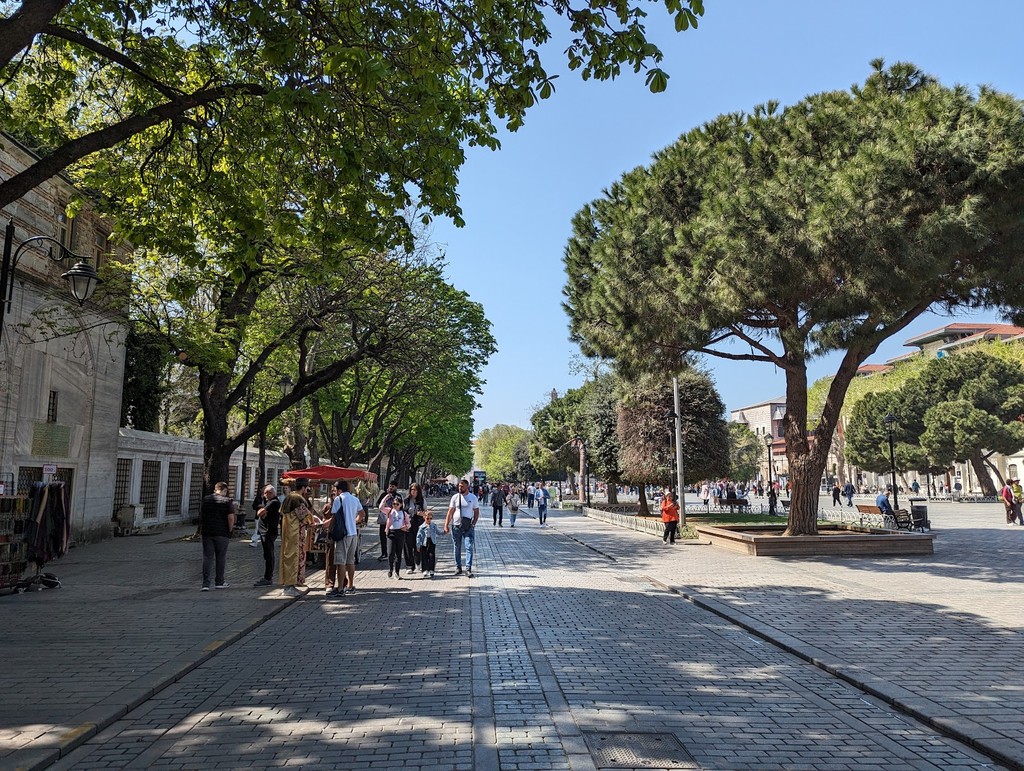
Sultanahmet Square (Source: Google Maps)
Sultanahmet Square is a historic public square that serves as the central hub of Istanbul's old city. It has been a focal point for centuries, witnessing the rise and fall of empires. The square is flanked by remarkable structures, including the Hagia Sophia and the Blue Mosque, highlighting the city's architectural grandeur. It was once the site of the Hippodrome, a vital center for chariot races and public gatherings during the Byzantine era. Today, the square attracts visitors who come to enjoy its stunning views, vibrant atmosphere, and rich history, making it an essential starting point for any exploration of Istanbul.
Blue Mosque (Sultan Ahmed Mosque)
Located directly opposite the Hagia Sophia, the Blue Mosque is known for its stunning blue tiles and impressive architectural design.
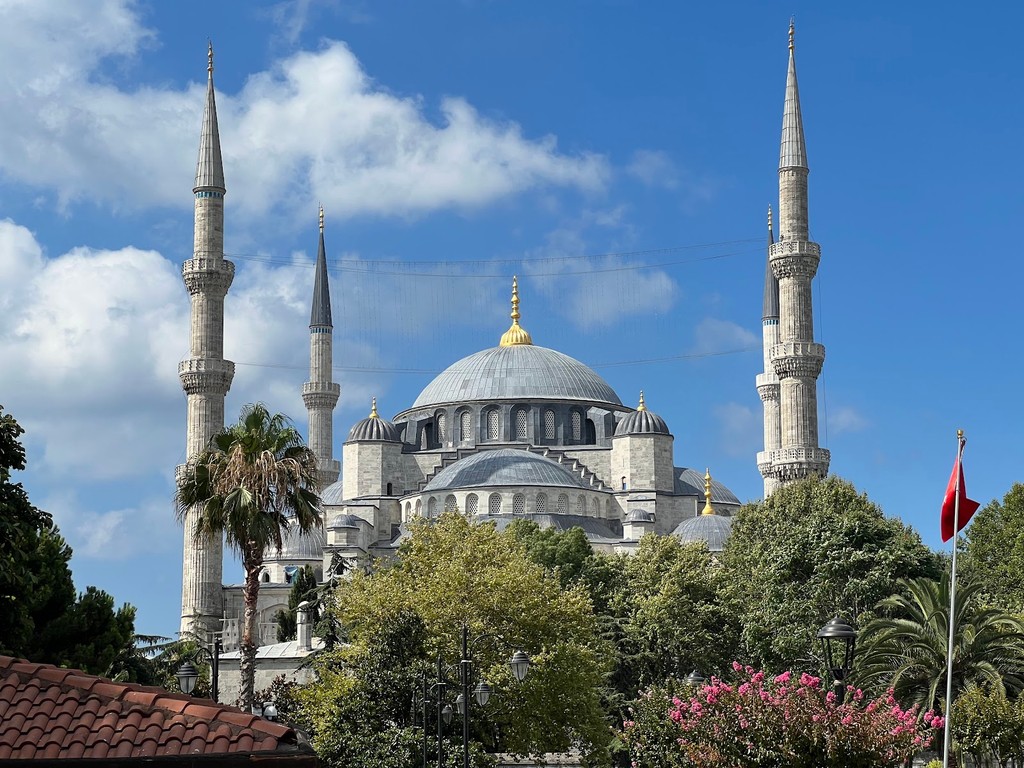
Blue Mosque (Sultan Ahmed Mosque) (Source: Google Maps)
The Blue Mosque, officially known as the Sultan Ahmed Mosque, is one of Istanbul's most iconic landmarks, renowned for its stunning blue tiles that adorn its interior. Built between 1609 and 1616, it was commissioned by Sultan Ahmed I and designed by architect Sedefkâr Mehmed Ağa. The mosque is a masterpiece of Ottoman architecture, characterized by its six minarets and a grand central dome surrounded by smaller domes. The interior features intricate mosaics and calligraphy, creating a serene and spiritual atmosphere. The Blue Mosque remains an active place of worship and a symbol of Istanbul's rich cultural heritage.
Basilica Cistern
A five-minute walk from the Blue Mosque, the Basilica Cistern is an ancient underground water reservoir that offers a mystical and serene experience.
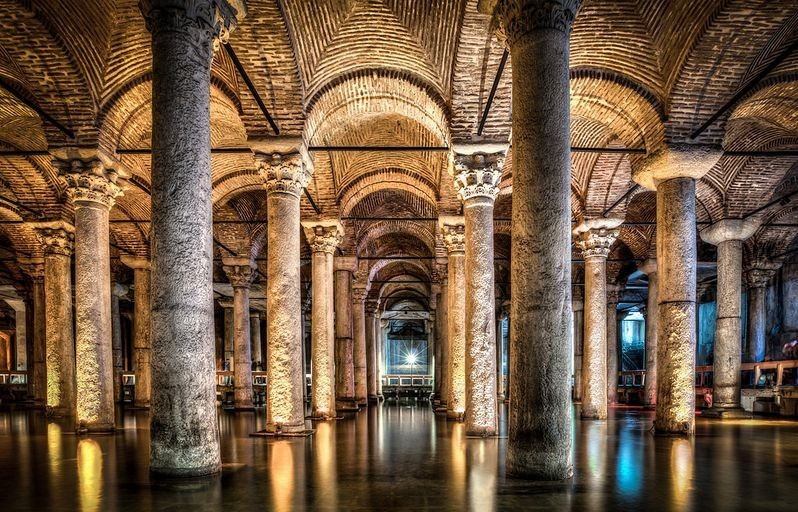
Basilica Cistern (Source: Google Maps)
The Basilica Cistern, known as Yerebatan Sarnıcı in Turkish, is an ancient underground water reservoir built during the reign of Emperor Justinian I in the 6th century. It was designed to store water for the Great Palace of Constantinople and features a remarkable forest of 336 columns, many taken from older ruins, creating an enchanting atmosphere. The cistern's ceiling is supported by vaulted arches, and it can hold up to 100,000 tons of water. Today, visitors can explore the atmospheric space, which is illuminated by soft lighting and features a few fish swimming in the water, offering a glimpse into Istanbul's Byzantine past.
Hagia Sophia
Just a short walk from Sultanahmet Square, the Hagia Sophia stands as a magnificent symbol of Istanbul's rich history, having served as a church, mosque, and now a museum.
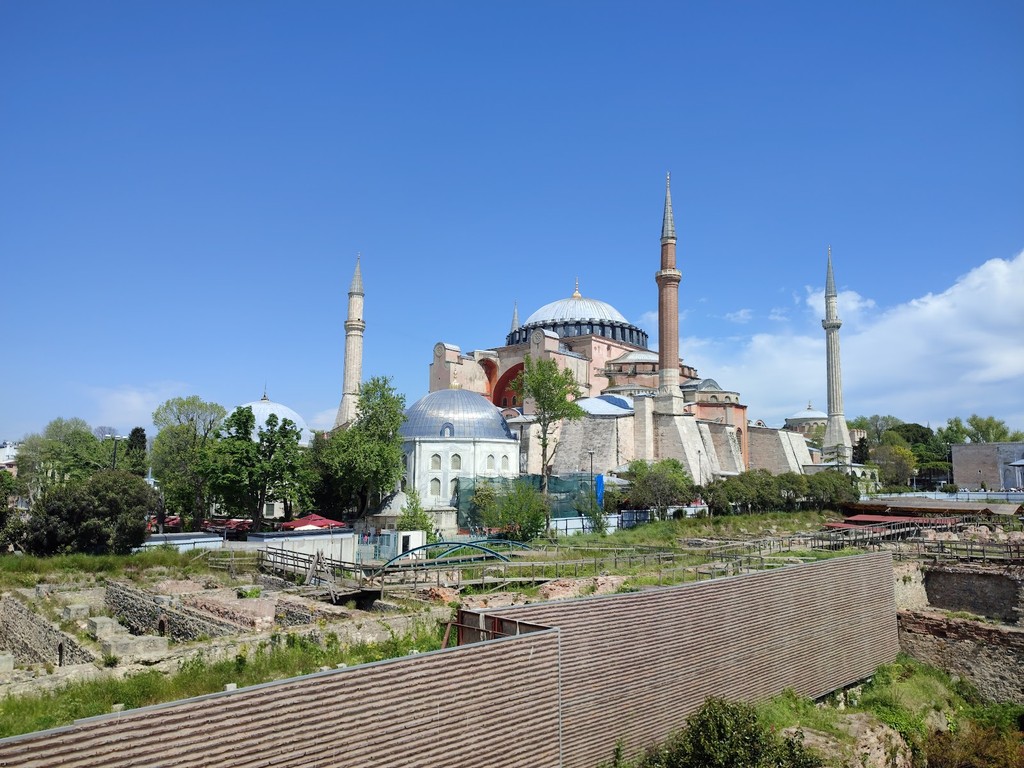
Hagia Sophia (Source: Google Maps)
Hagia Sophia, a UNESCO World Heritage site, is a monumental structure that has served various religious purposes throughout its history. Originally constructed as a cathedral in 537 AD under Emperor Justinian I, it was the world's largest cathedral for nearly 1,000 years. After the Ottoman conquest in 1453, it was converted into a mosque, and in 1935, it became a museum. The building is celebrated for its massive dome, stunning mosaics, and intricate architectural features that blend Byzantine and Ottoman styles. In 2020, it was reconverted into a mosque, continuing to be a symbol of Istanbul's rich and diverse history.
Topkapi Palace
Walk north to reach Topkapi Palace, the opulent former residence of the Ottoman sultans, which now serves as a museum showcasing imperial treasures.
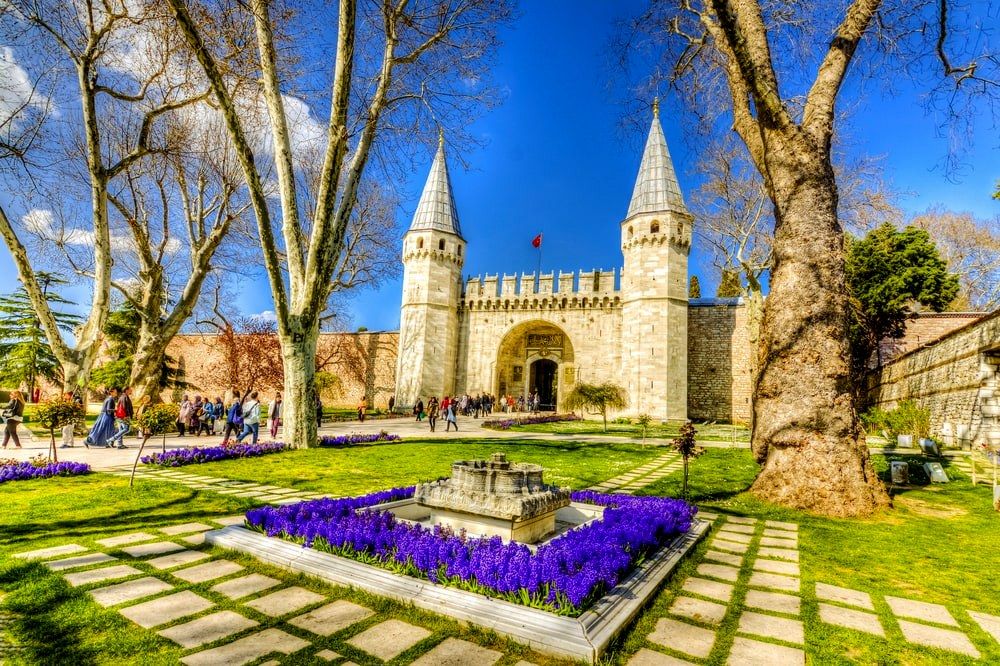
Topkapi Palace (Source: Google Maps)
Topkapi Palace, the opulent residence of the Ottoman sultans for over 400 years, is a sprawling complex that showcases the grandeur of the Ottoman Empire. Constructed in the 15th century, the palace features exquisite courtyards, lavish rooms, and stunning gardens overlooking the Bosphorus. It houses an impressive collection of artifacts, including the Prophet Muhammad's cloak and sword, as well as the imperial treasury filled with jewels and precious items. The palace's architecture reflects a fusion of Islamic and Byzantine styles, making it a masterpiece of its time. Today, it serves as a museum, offering insights into the opulent lives of the sultans.
Gülhane Park
Exit Topkapi Palace and stroll through Gülhane Park, a peaceful green oasis perfect for a leisurely walk amid historic surroundings.
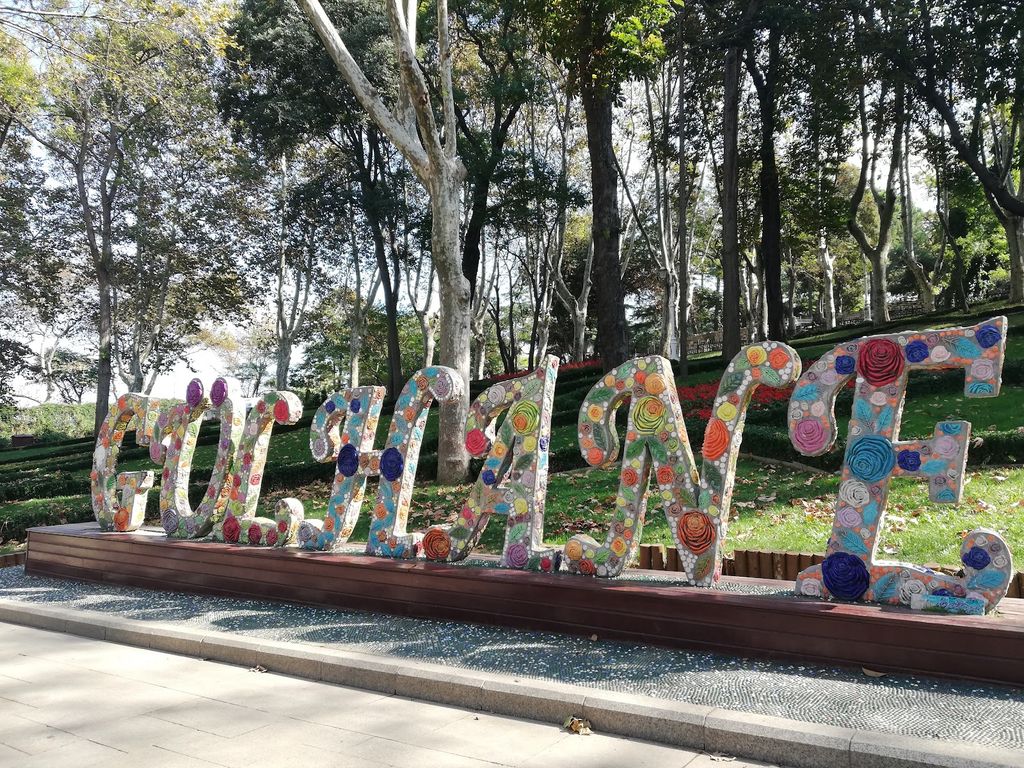
Gülhane Park (Source: Google Maps)
Gülhane Park, once part of the Topkapi Palace grounds, is a historic urban park that offers a tranquil escape in the heart of Istanbul. Established in the 19th century, it features beautifully landscaped gardens, walking paths, and stunning views of the Bosphorus. The park is home to various trees, flowers, and even a small museum dedicated to the history of the area. It provides a peaceful environment for locals and visitors alike to relax and enjoy nature. The park's name, meaning 'Rosehouse,' reflects its historical significance and connection to the sultans, who would often stroll through its gardens.
Spice Bazaar (Mısır Çarşısı)
Head towards the Eminönü neighborhood to visit the Spice Bazaar, a vibrant market filled with exotic spices, sweets, and local delicacies.
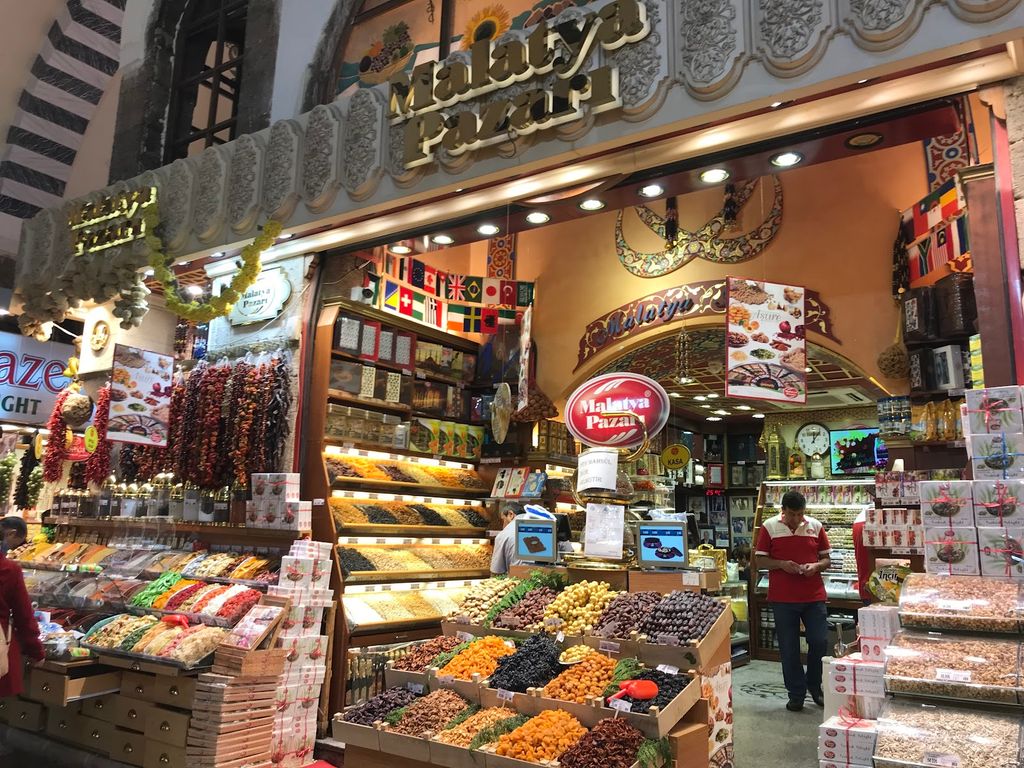
Spice Bazaar (Mısır Çarşısı) (Source: Google Maps)
The Spice Bazaar, also known as Mısır Çarşısı, is one of Istanbul's oldest and most vibrant markets, dating back to the 17th century. It is renowned for its colorful stalls filled with a variety of spices, herbs, sweets, and traditional Turkish delights. The bazaar was originally built to generate revenue for the nearby Yeni Mosque and served as a center for trade and commerce. Visitors can immerse themselves in the aromas and vibrant colors while exploring the diverse offerings, including dried fruits, nuts, and unique souvenirs. The Spice Bazaar remains a cultural hub where the rich culinary heritage of Istanbul comes to life.
Rüstem Pasha Mosque
A short walk from the Spice Bazaar, discover the Rüstem Pasha Mosque, famous for its exquisite Iznik tiles and intimate atmosphere.
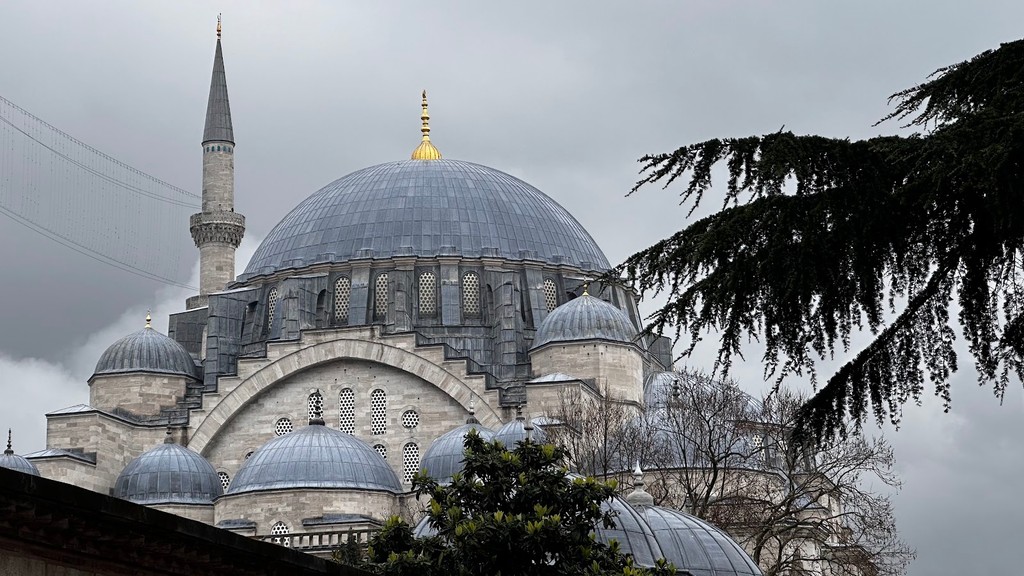
Rüstem Pasha Mosque (Source: Google Maps)
The Rüstem Pasha Mosque, a hidden gem in Istanbul, was commissioned by Grand Vizier Rüstem Pasha in the 16th century and designed by the renowned architect Mimar Sinan. It is celebrated for its exquisite Iznik tiles, which adorn both the interior and exterior, showcasing intricate floral and geometric patterns in vibrant colors. The mosque's compact size and intimate atmosphere make it a unique architectural marvel. Notably, it features a stunning mihrab (prayer niche) and a beautifully decorated dome, which create a serene space for worship. The Rüstem Pasha Mosque exemplifies the artistic and architectural achievements of the Ottoman Empire.
Galata Bridge
Conclude your tour with a walk across the Galata Bridge, which offers stunning views of the Golden Horn and leads towards the modern district of Karaköy.
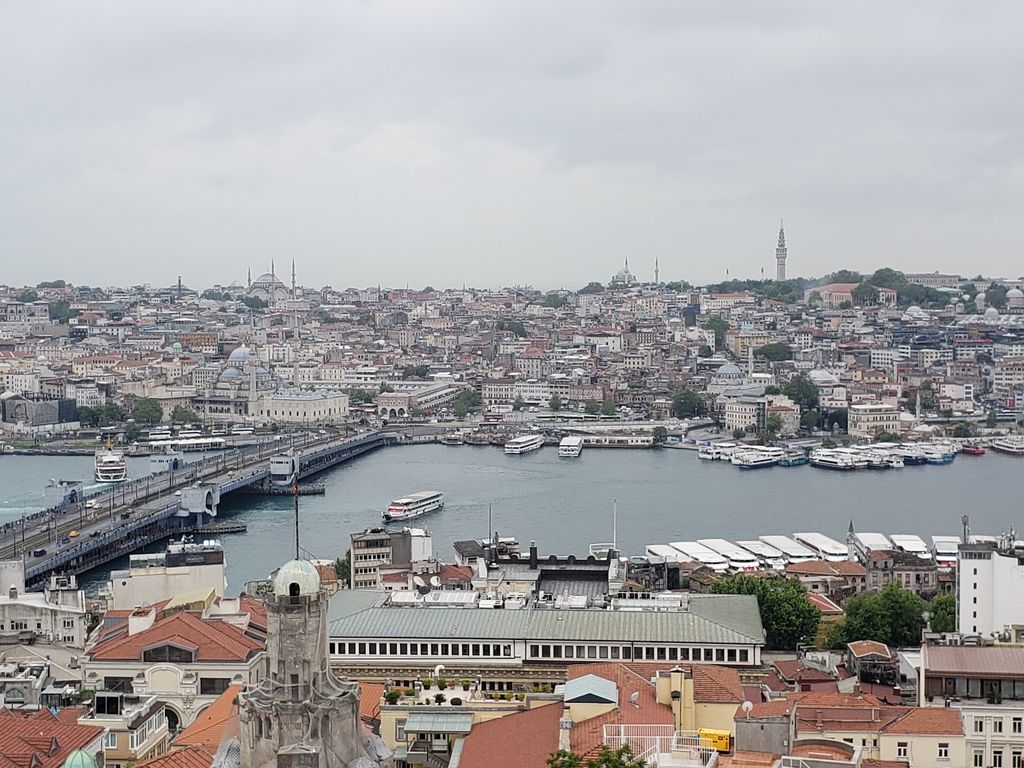
Galata Bridge (Source: Google Maps)
The Galata Bridge, spanning the Golden Horn, is an iconic structure that connects the historic peninsula of Istanbul with the modern district of Karaköy. Originally built in the 6th century, the bridge has undergone several reconstructions and renovations over the centuries. It serves as a bustling thoroughfare for pedestrians, fishermen, and vehicles, offering stunning views of the city skyline and the Bosphorus. The bridge is lined with restaurants and cafes, making it a popular spot for locals and tourists alike. Its strategic location and historical significance make it a symbol of Istanbul's vibrant culture and dynamic urban life.

Your travels, your rules.
Create your own Free Walking Tours.
Set your preferences, distances and anything you want to do or see.
Completely free, no payment required.